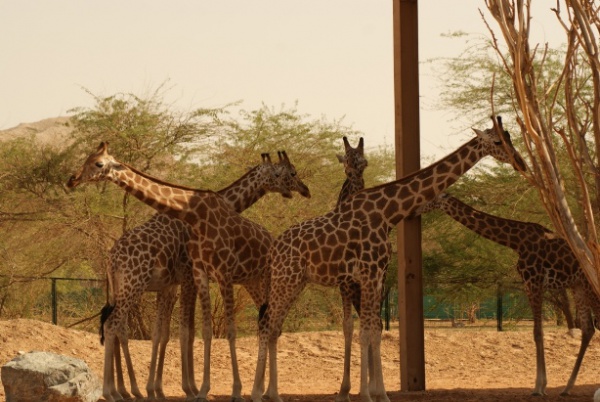Facts About Nubian giraffe
The Nubian giraffe, a distinct subspecies of giraffe, inhabits the landscapes of Ethiopia, Kenya, Uganda, South Sudan, and Sudan. Once widespread across Northeast Africa, it has unfortunately vanished from the wild in regions such as the Democratic Republic of Congo, Egypt, and Eritrea. In 2018, the IUCN classified the Nubian giraffe as Critically Endangered.
This subspecies is one of nine recognized types of giraffe. In 1758, the renowned scientist Carl Linnaeus first described giraffes from Ethiopia or Eastern Sudan using the term "Cervus camelopardalis." There has been some debate among experts regarding whether Rothschild's giraffe should be considered a variant of the Nubian giraffe.
Visually, Nubian giraffes are notable for their chestnut-colored spots and white lines. Male giraffes also exhibit a distinct median lump. They thrive in savannas and woodlands, primarily located in eastern South Sudan, southwestern Ethiopia, Uganda, and Kenya. Current estimates indicate there are about 2,150 Nubian giraffes in the wild, with around 1,500 of these being the Rothschild's variant.
In captivity, the Nubian giraffe is relatively common, mainly due to the integration of Rothschild's giraffes into its group. Notable breeding programs for this endangered subspecies are found at places like the Al Ain Zoo in the United Arab Emirates and the Giza Zoo in Egypt, where efforts are underway to preserve the original phenotype of the Nubian giraffe outside of Africa.

 Ethiopia
Ethiopia